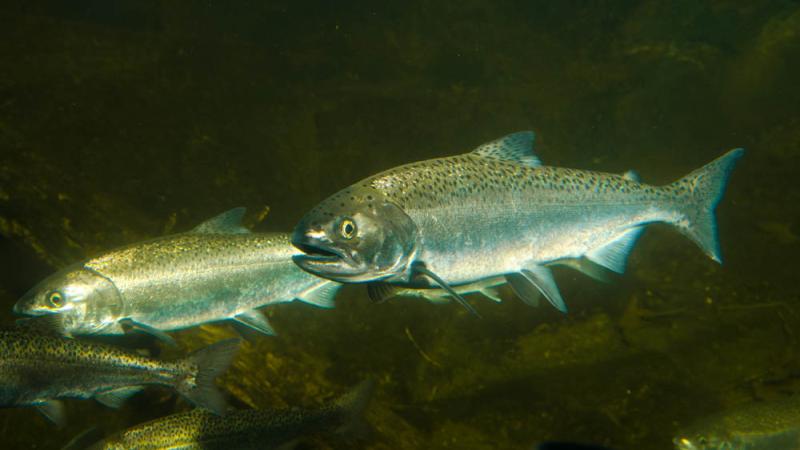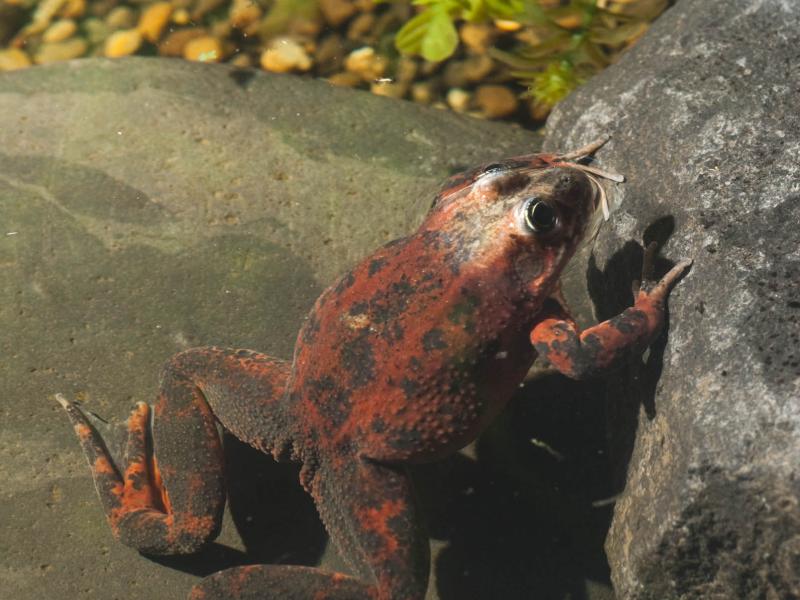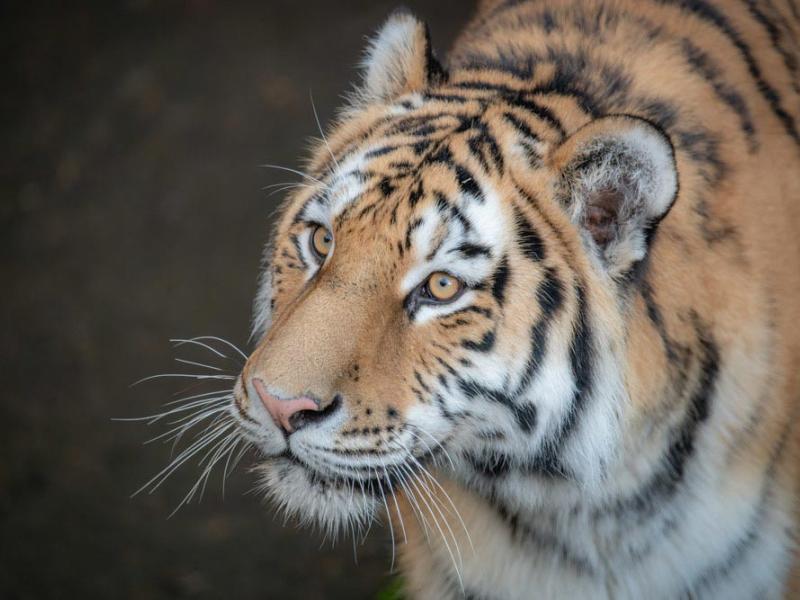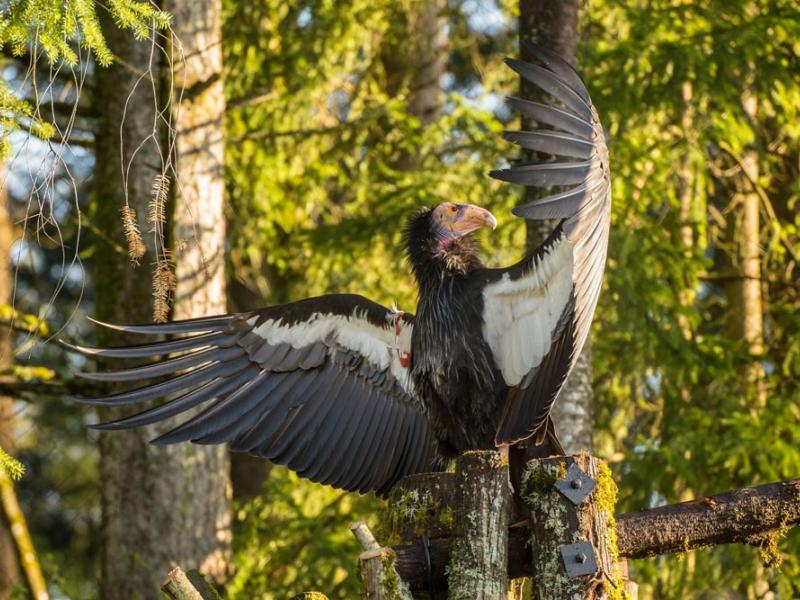
Coho salmon were historically distributed throughout the North Pacific Ocean from central California to Point Hope, Alaska, through the Aleutian Islands, and from the Anadyr River, Russia, south to Hokkaido, Japan. Coho spend the first half of their lives in streams and small freshwater tributaries. The remainder of their life is spent foraging in the Pacific Ocean and estuaries before they return to their birth stream to spawn. Major spawning grounds are in Alaska, Washington, Oregon and British Columbia. They are carnivores.
This fish has many names: silver salmon, hook nose salmon, blueback salmon, jack salmon, salmon trout, silverside salmon and white salmon, are all names for coho salmon. Salmon are a symbol of several Native American tribes. They symbolize life and sustenance.
Coho salmon behavior and facts
- Coho salmon are anadromous fish: they are born in freshwater, migrate to the sea in adulthood and return to freshwater to breed.
- Coho fry (recently hatched fish) feed primarily on insects, zooplankton and small fish. When they reach the ocean, they add small crustaceans to their diet. Adult coho primarily eat other fish and invertebrates.
- Coho have been introduced to Lake Erie and landlocked reservoirs throughout the United States as a sport fish. Although coho do spawn in some Great Lakes tributaries, present fish populations are maintained mainly by fish culture and stocking.
From birth to death
- At 1 year, coho fry leave the stream of their birth and swim downstream to the ocean; as they do their body undergoes changes to allow them to live in salt water.
- As they move into the ocean, they are called smolts. They will live in the ocean for 1 to 2 years.
- At age 2 to 3 they return to their birth stream to spawn in the gravel of shallow waters.
- Spawing occurs from November to January. Eggs hatch the following spring.
- After spawning, the fish die.
Vital statistics
- Length: up to 3 feet
- Weight: 6 to 12 pounds; may reach 36 pounds
Status
Some populations are listed as threatened in the United States.
Coho salmon, the Oregon Zoo and you
At the zoo, coho live in the Eagle Canyon exhibit. They are fed a mixture of krill, brine shrimp, chopped fish and insects.
Salmon in the Pacific Northwest have experienced dramatic declines due to overfishing, logging, alterations to rivers and streams and other human activities.




